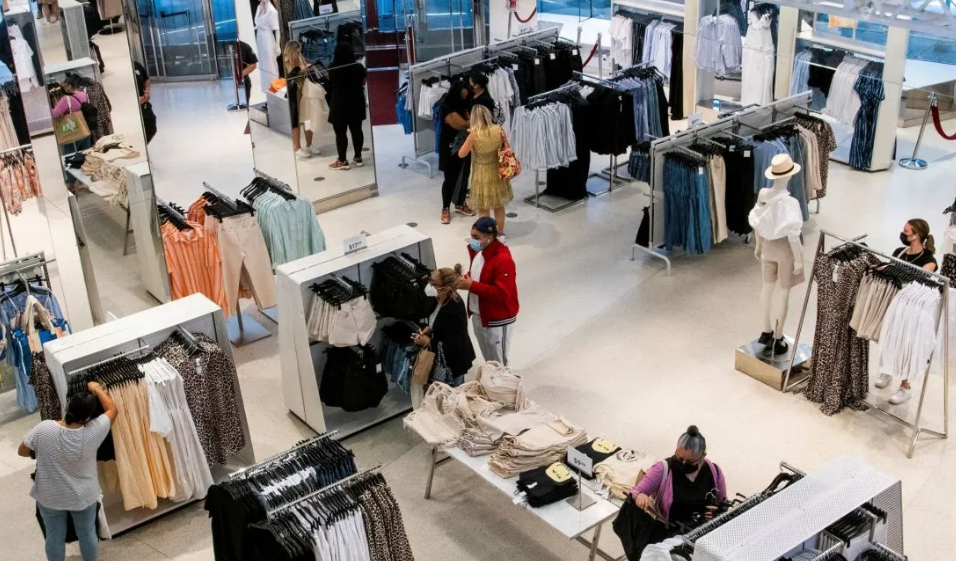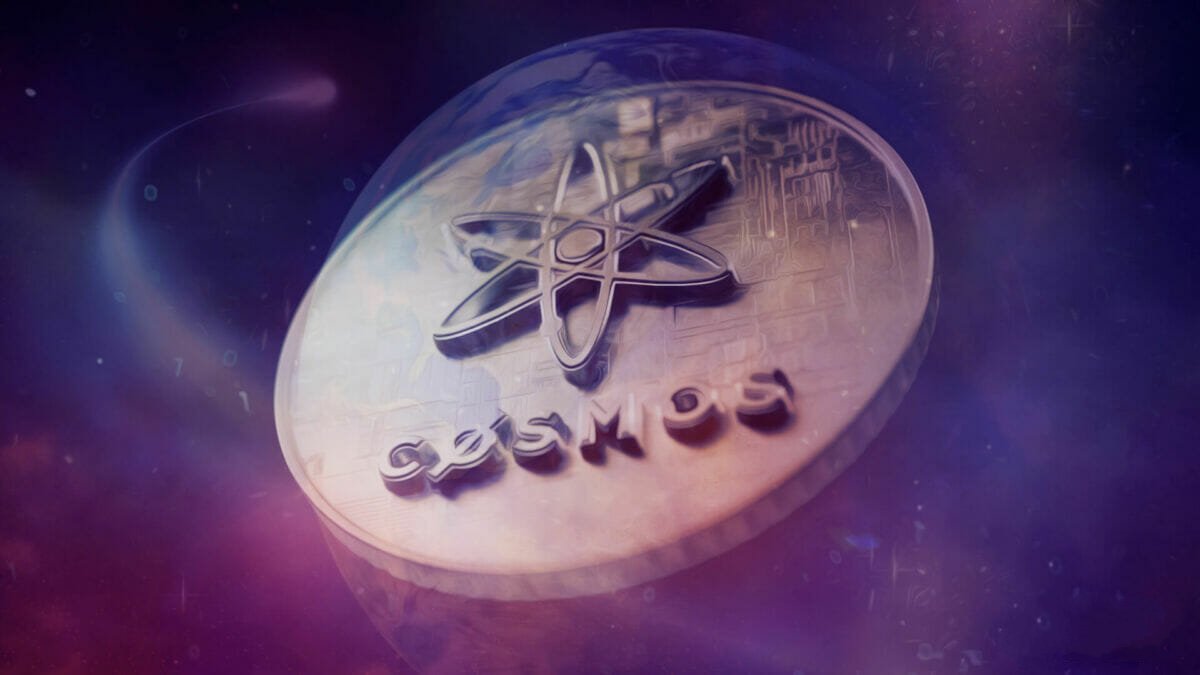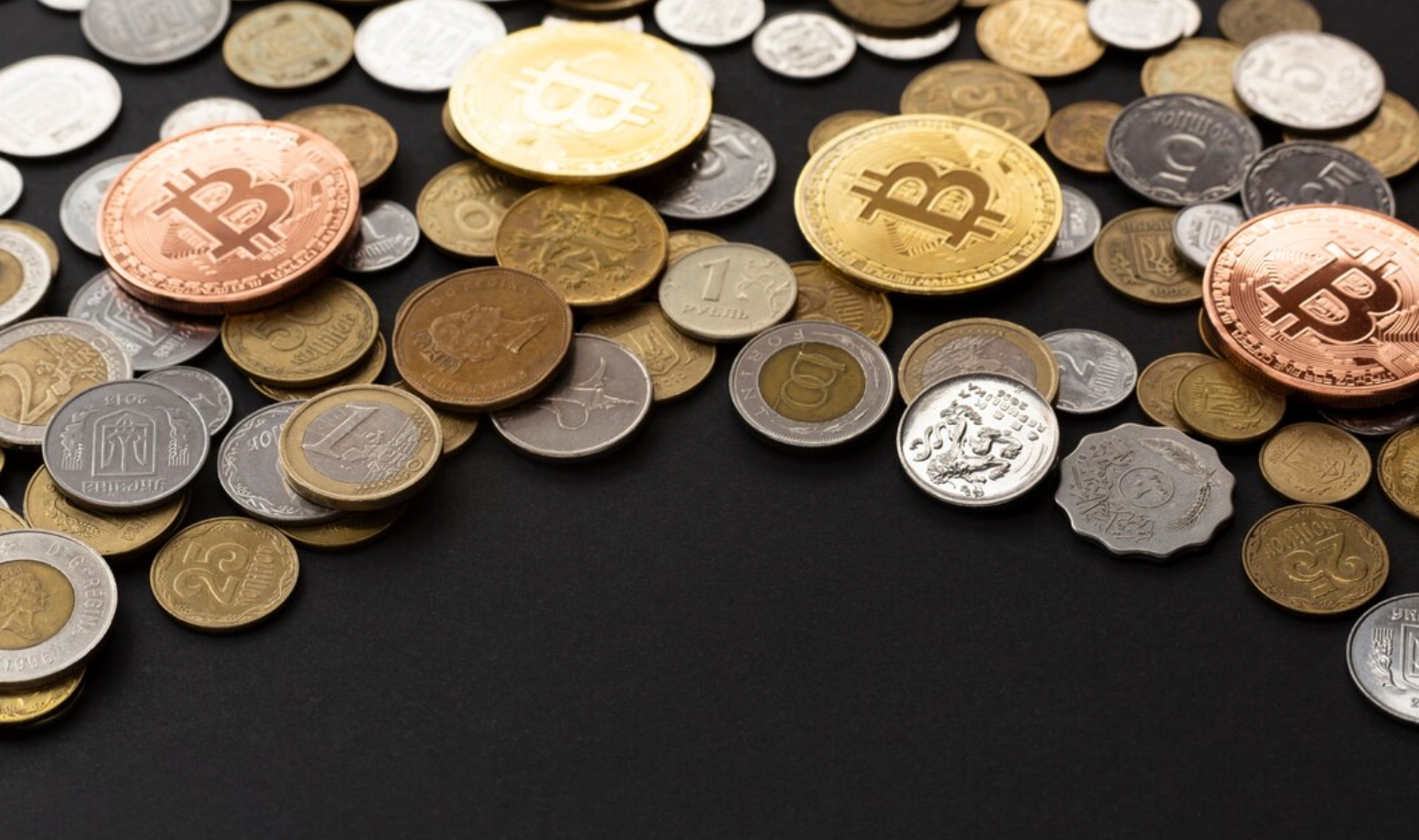U.S. consumer prices rose strongly in December as rental and used car costs maintained their robust gains, capping off the biggest annual acceleration in inflation in nearly four decades and reinforcing expectations of rate hikes. of interest from the month of March.
U.S. consumer prices rose strongly in December as rental and used car costs maintained their robust gains, capping off the biggest annual acceleration in inflation in nearly four decades and reinforcing expectations of rate hikes. of interest from the month of March.
Wednesday’s Labor Department report follows data from last week that showed the labor market is near or has already peaked employment.
Fed Chairman Jerome Powell said Tuesday that the central bank is ready to do what is necessary to prevent high inflation from “taking hold,” in his testimony during his nomination hearing before the Senate Banking Committee for a second four-year term as head of the entity.
The Consumer Price Index (CPI) rose 0.5% last month after advancing 0.8% in November. In addition to higher rents, consumers also paid more for food, although the 0.5% rise in food prices was smaller than in recent months.
Gasoline prices fell 0.5% after rising 6.1% in both November and October.
In the 12 months through December, the CPI rose 7.4 percent. It was the largest year-on-year increase since June 1982 and followed a 6.8% rise in November.
The economy is experiencing heavy inflation as the Covid-19 pandemic cripples supply chains. The high cost of living weighs on President Joe Biden’s approval rating.
Inflation is well above the Fed’s 2% target and is also being driven by looming wage pressures. The government reported on Friday that the unemployment rate fell to a 22-month low of 3.9% in December.
Money markets are currently pricing in an 85% chance of an interest rate hike by March, and a total of at least three quarter-percentage-point hikes by the end of the year.
Economists believe that the year-on-year CPI rate peaked in December or will likely peak in March. There are signs that supply bottlenecks are starting to ease.
But the skyrocketing rise in Covid-19 cases, fueled by the Omicron variant, could set back progress toward normalizing supply chains.
Excluding volatile food and energy components, the CPI rose 0.6% last month after rising 0.5% in November.
The so-called core CPI was driven by home rentals, as homeowners’ principal residence equivalent rent, which is what a landlord would receive for renting a home, rose a solid 0.4% for the third month in a row.
In the 12 months through December, the so-called core CPI accelerated 5.5 percent. That was the biggest year-on-year rise since February 1991 and followed a 4.9% rise in November. The year-on-year core CPI rate is expected to peak in February.





